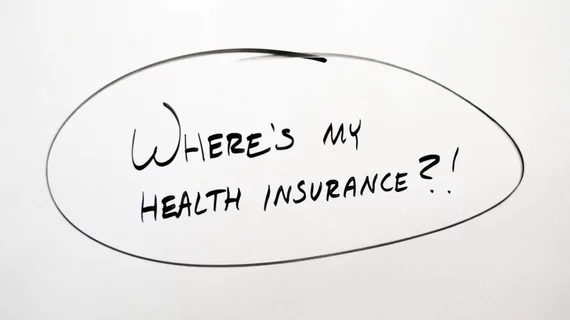Health coverage during and after COVID: 6 fallouts to watch for
Millions of Americans may take a terrible hit if the Supreme Court overturns Obamacare in 2021—after pandemic-related job losses have decimated the rolls of individuals and families who, until the crisis, were covered by employer-sponsored health insurance.
As analyzed by the Kaiser Family Foundation, the outlook under this scenario is unsurprisingly bleak.
Here are six KFF findings and projections for which the organization suggests patients, providers and payers should all brace themselves:
1. During the present public-health crisis, nearly 78 million people lived in a family in which someone lost a job.
2. The crisis has already bumped almost 27 million people off employer-sponsored insurance (ESI). Some will get back both their jobs and their coverage, but how many will get back neither?
3. Among people who become uninsured after job loss, nearly half (12.7 million) are currently eligible for Medicaid. An additional 8.4 million are eligible for marketplace subsidies, which may or may not be there after the Affordable Care Act’s day in court.
4. By January 2021, when unemployment insurance ends for most of those now collecting, eligibility shifts to nearly 17 million being eligible for Medicaid and about 6 million being eligible for marketplace subsidies.
5. Estimates of coverage loss and eligibility vary by state, depending largely on underlying state employment by industry and Medicaid expansion status.
6. Nearly 7 million people losing ESI and becoming uninsured are children—and the vast majority are eligible for coverage through Medicaid or CHIP.
In concluding their analysis, the KFF authors note that the economic downturn brought on by COVID-19 is the first period in which Obamacare will have been there as a backstop for people losing both jobs and health plans.
“The Trump Administration is arguing in case before the Supreme Court that the ACA should be overturned; a decision is expected by next spring,” they point out. “The ACA has gaps, and for many the coverage may be unaffordable. Without coverage, many more people would likely end up uninsured as the U.S. heads into a recession.”
KFF has posted the analysis in full.

